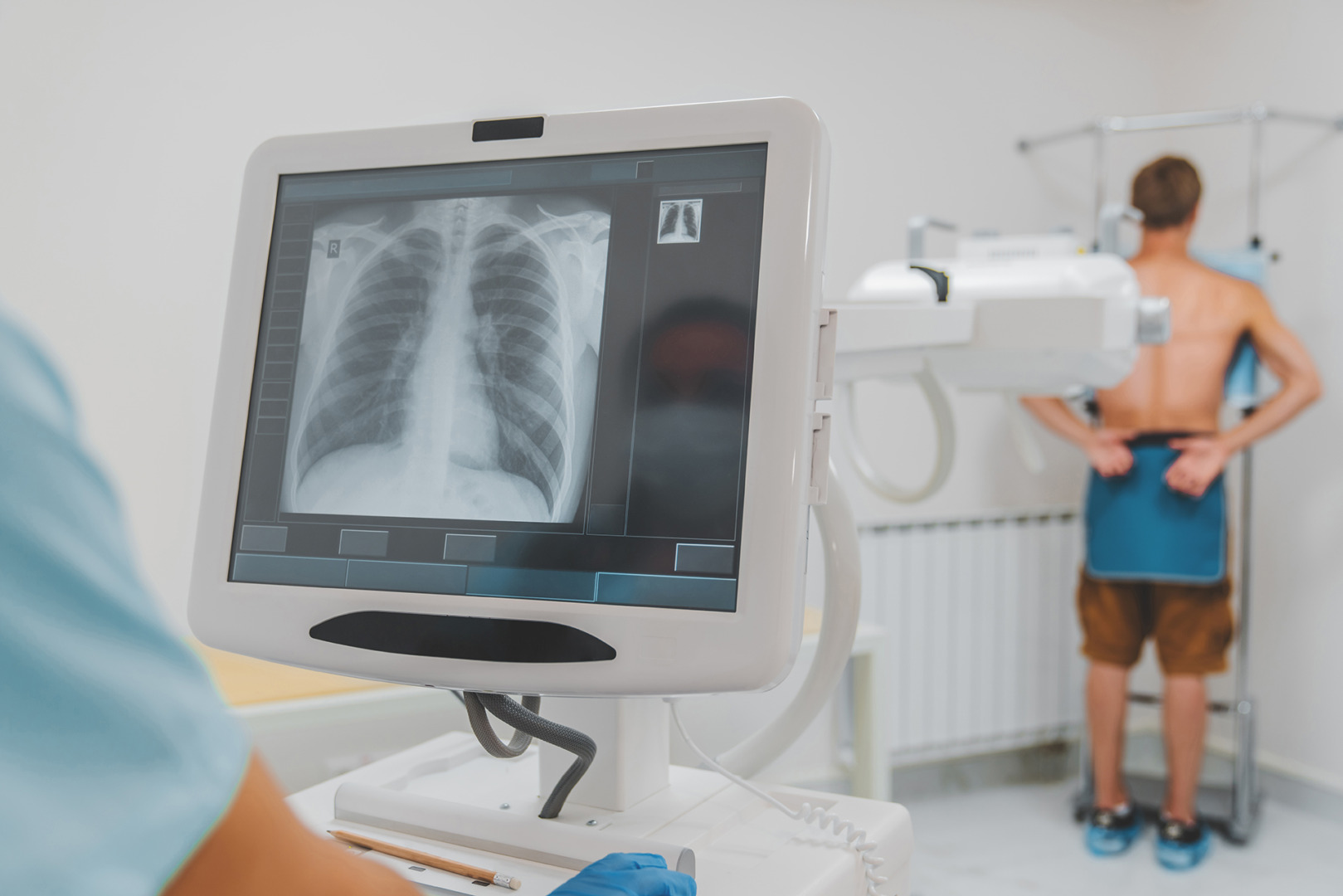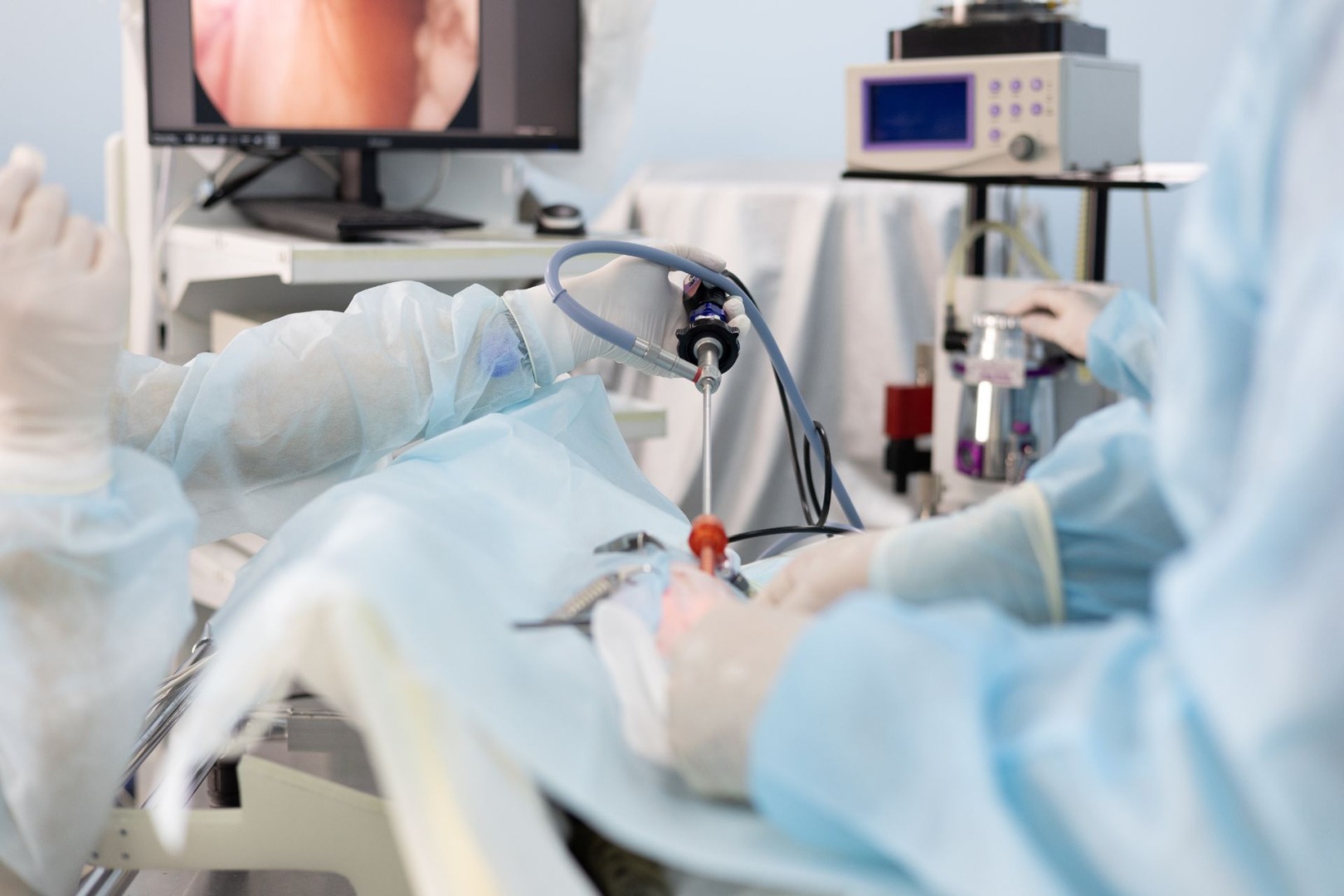Over the years, we’ve encountered multiple cases of small pneumothorax at Neumark Lung & Chest Surgery Centre. And while it may seem minor, as its name suggests, it presents unique challenges that warrant addressing.
A small pneumothorax is characterised by a limited air volume in the pleural space between the lung and chest wall. This condition represents a partial loss of negative intrapleural pressure, resulting in a minor degree of lung tissue compression. While not constituting a complete lung collapse, a small pneumothorax can reduce respiratory efficiency and warrant clinical attention. The extent of lung involvement is typically minimal, but the condition requires careful monitoring to prevent potential progression or complications.
The subtlety of small pneumothorax makes diagnosing it complicated, at least more complicated than a straightforward tension pneumothorax or, worse, bilateral pneumothorax. Small pneumothorax symptoms can be less pronounced than larger pneumothoraces, potentially including sharp chest pain exacerbated by deep breathing or coughing, mild shortness of breath, and a dry, persistent cough. However, some patients may only experience minimal discomfort, making the condition easy for patients and medical practitioners to overlook. This highlights the importance of attentiveness to persistent chest discomfort, even when seemingly insignificant.
Diagnosis of small pneumothorax typically involves imaging studies, primarily chest X-rays or CT scans. These tools allow medical professionals to identify small air pockets characteristic of small pneumothorax. The challenge lies in accurately assessing the size and impact of the pneumothorax, which directly influences treatment decisions.

Treatment Approaches for Small Pneumothorax
We have several options for treating small pneumothoraces. For very minor incidences, we often employ a conservative ‘watch and wait’ approach. This involves careful monitoring and possibly oxygen supplementation, allowing the body’s natural healing processes to reabsorb the air pocket.
However, if the small pneumothorax is causing significant symptoms, it may necessitate more direct intervention. Traditionally, this might involve chest tube insertion – a procedure that helps evacuate the excess air and allows lung re-expansion.
In recent years, Uniportal Video-Assisted Thoracoscopic Surgery (U-VATS) has emerged as an innovative approach in thoracic surgery. This minimally invasive technique involves a single small incision, typically 2-3 centimetres, through which a camera and specialised instruments can be inserted. U-VATS enables us to perform precise interventions such as sealing air leaks, removing weak spots on the lung surface (blebs or bullae), or conducting pleurodesis to prevent future collapses.
U-VATS offers significant benefits, including reduced post-operative pain, faster recovery, and minimal scarring. The camera’s enhanced visualisation allows for greater precision in our work. It’s especially helpful with small pneumothorax where the problem may be minute.

The decision to pursue surgical intervention for small pneumothorax depends on various factors. First-time occurrences causing minimal issues might be managed conservatively. However, recurrent episodes or persistent air pockets may necessitate surgical intervention. Each case requires careful evaluation to determine the most appropriate treatment approach.
Living with Small Pneumothorax
Living with small pneumothorax can indeed cause anxiety. Understanding the condition, recognising its symptoms, and knowing when to seek medical attention can significantly improve management and peace of mind.
Small pneumothorax, while seemingly minor, warrants careful attention. The lungs play a vital role in overall health, and even small disruptions can substantially impact quality of life. As thoracic surgeons, we recognise that addressing these issues can significantly improve patients’ well-being regardless of size.
Our approach to small pneumothorax goes beyond mere treatment of a condition. It’s about enhancing the patient’s ability to breathe comfortably, move freely, and live without constant concern about potential lung issues. The advancements in treatment options, including minimally invasive techniques like U-VATS, have greatly improved our ability to manage these conditions effectively.

Certain lifestyle changes can be beneficial for those at risk. Smoking cessation is paramount, as it significantly increases the risk of pneumothorax. While maintaining an active lifestyle is important, individuals with a history of pneumothorax should avoid activities involving sudden air pressure changes, such as scuba diving. It’s crucial to take persistent chest pain or shortness of breath seriously and seek medical evaluation when these symptoms occur.
For anyone experiencing symptoms or concerned about small pneumothorax, consultation with a healthcare provider or thoracic surgeon is advisable. With our current knowledge, tools, and techniques, we can offer effective solutions to help maintain optimal lung function. Remember, when it comes to lung health, no concern is too small to address.

